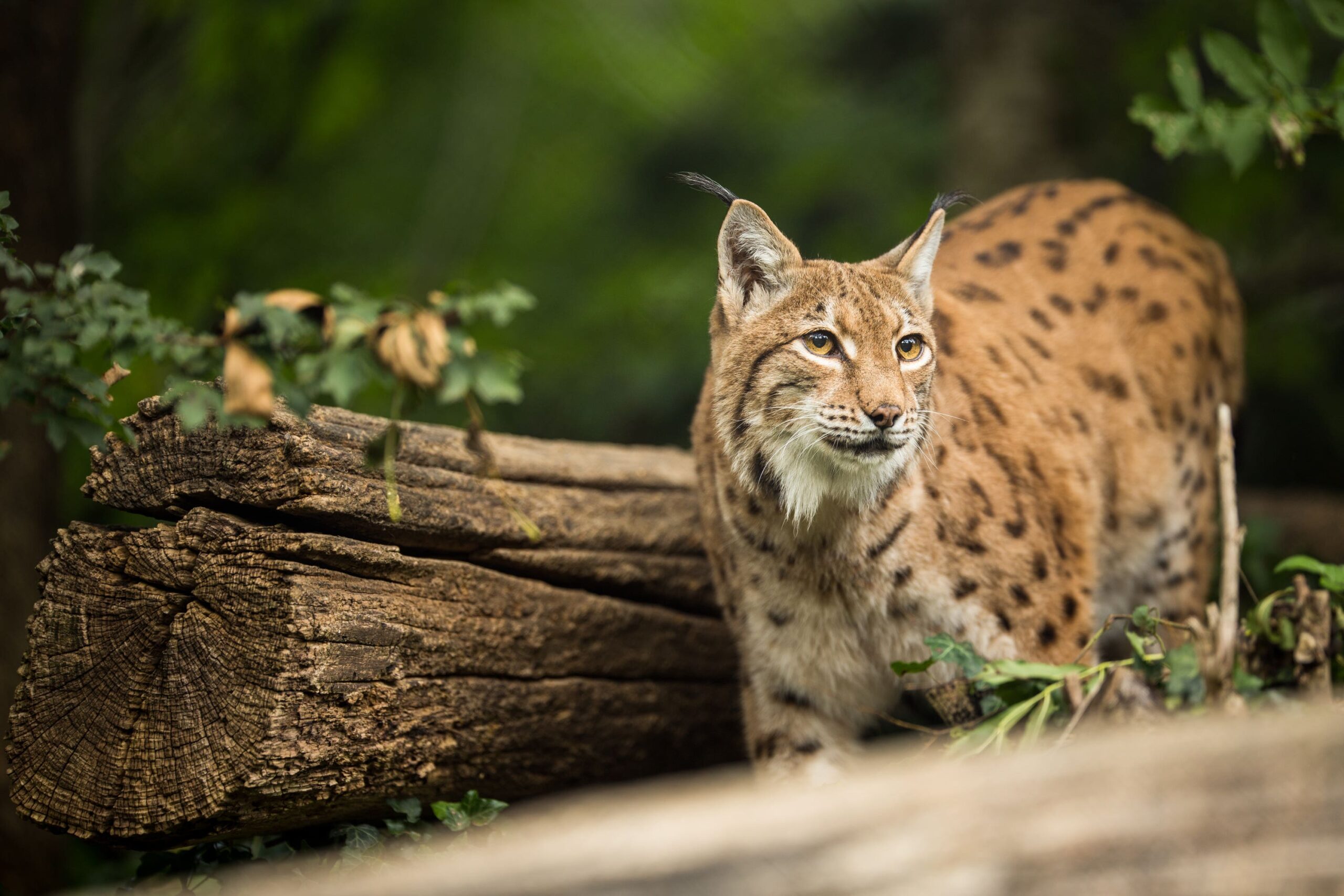Lynx: What you need to know about the wildcat set to be reintroduced to Scotland
The traditional 'big cat' of Europe.
It was not so long ago that bears, boars, wolves and wildcats roamed Britain’s wilder regions. The bears are gone, so too the wolves, the boars went and came back again, while the wildcats are hanging on by a thread.
Rewilding is decidedly having a moment, from beavers in Somerset to Donegal’s golden eagles, with conservationists steadily reintroducing large swathes of traditional fauna. The lynx looks likely to be next; a group of charities is launching a full consultation on returning the animals to Scotland.
So what should you know about this potential new arrival?
1. There are several different species
The word ‘lynx’ refers to a genus, and four different animals lurk under its umbrella. There’s the Iberian lynx, found in Spain, the bobcat or red lynx, found mostly in the United States and Mexico, and the Canada lynx, whose provenance you can probably work out.
It was the fourth species, the Eurasian lynx that historically stalked the Scottish highlands (and was also found in Ireland). Bigger, beefier and more widespread than its cousins, the Eurasian lynx stands out for its twilight lifestyle and the black tufts at the tips of its ears.

2. They died out more than a thousand years ago
Establishing an exact timeline is tricky, but fossil records and written accounts suggest the last lynx left the UK in around the year 700 AD, obliterated by a mixture of hunting, deforestation, and depleted deer stocks.
Despite this they remain a ‘keystone species’, a missing piece of Britain’s ecological jigsaw, which could help control a rampant deer population and rebalance the woodland ecosystem.

3. They aren’t really dangerous
They could be, of course, but then so could your refrigerator. According to The Lynx Trust, there isn’t a single credible record of a lynx attacking a human, let alone killing someone. They are largely terrified of us, and are extremely adept at staying as far away from us possible.
4. One lynx species is extremely endangered
Usually seen traversing snow-covered pine forests and dusty mountain paths, the Iberian lynx breaks with tradition by making a home in sunny southern Spain. Commonly called ‘the most endangered cat in the world’, this species prowls the coastal plains of Andalucía, and subsists almost solely on rabbits.
In 2002 they hit a record low of 94 wild individuals, but Herculean conservation efforts have seen the population rebound to 800 or more.

5. They’re actually quite small
For apex predators, these so-called ‘big cats’ sure seem to struggle in the size department. Topping out at around 40 inches in height and 40lbs in weight (Eurasian), they’re lighter than the average Golden Retriever and reach about halfway up your thigh.
What they lack in scale they make up in stealth, silently stalking prey up to four times their weight class, and dispatching their dinner with a precision strike.

6. It’s been reintroduced to lots of places already
If lynxes do manage to reclaim their ancestral homeland in the highlands, the UK will become the latest in a long line of European nations to welcome the big cats back. By the 1970s lynxes had been extinct in central Europe for more than two centuries, but have since enjoyed successful reintroductions in France, Germany, Switzerland, Italy, Croatia, Austria, Slovenia and the Czech Republic.
An estimated 9,000 to 10,000 individuals now thrive across the region, making the Eurasian lynx a bona fide conservation success story.
The Press Association
Latest posts by The Press Association (see all)
- 3 easy Mary Berry recipes to make this season - November 22, 2024
- In Pictures: Party stalwart kept New Labour in touch with traditional supporters - November 21, 2024
- 6 easy indoor exercises to try this winter – and why they are good for you - November 19, 2024
- Martin Clunes: I can’t afford to retire – I’ve got too many horses - November 19, 2024
- How to avoid plant losses, flowering disappointments and container catastrophes - November 17, 2024





















